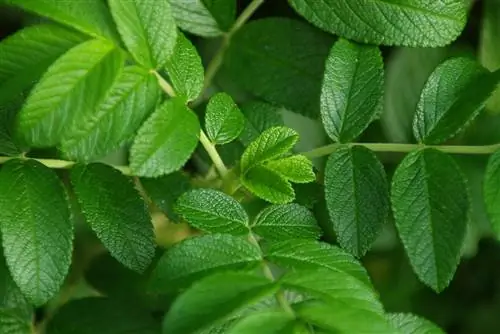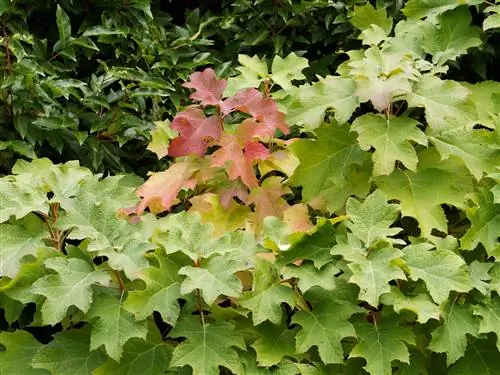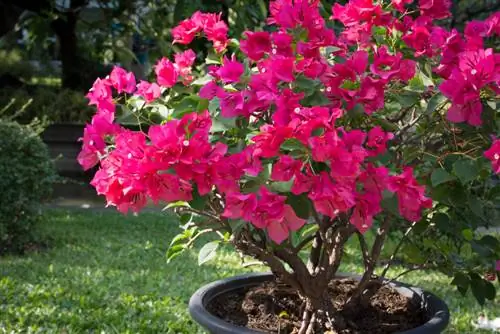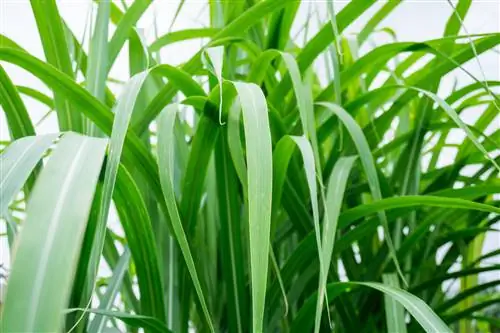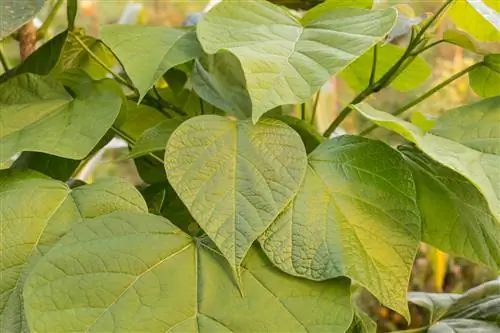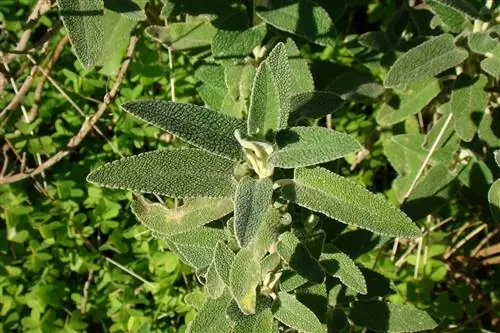- Author admin [email protected].
- Public 2023-12-16 16:46.
- Last modified 2025-01-23 11:22.
A potato rose (Rosa rugosa) that is rotten to bloom needs gardening help. Read here about the best immediate measures if an apple rose doesn't bloom. This is what to do if the wild rose keeps its flowers under lock and key despite immediate measures.
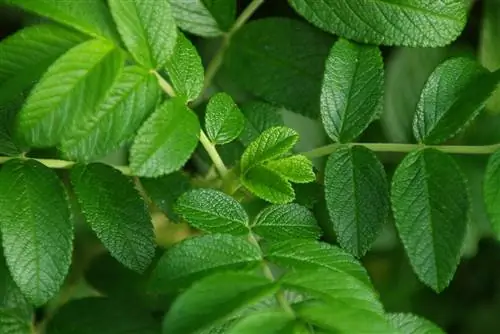
What can I do if the potato rose doesn't bloom?
If a potato rose (Rosa rugosa) does not bloom,pruningandfertilization are the best immediate measures. Cut the rotten apple rose back to 30 cm. Then fertilize the root disc with 3-5 liters of leaf compost and 100 grams of horn shavings per square meter.
What can I do if the potato rose doesn't bloom?
With apruningand afertilization you can get a lazy potato rose going. If a Rosa rugosa does not bloom, the most common causes are senescence and lack of nutrients. How to encourage an apple rose to bloom:
- Thin out the potato rose and cut it back to 25 cm to 30 cm.
- After pruning, fertilize the apple rose with 3 l to 5 l of leaf compost and 100 g of horn shavings (€52.00 at Amazon) per m².
- Extra tip: work in organic fertilizer with a rake and sprinkle with nettle manure.
What to do if the potato rose doesn't bloom despite pruning and fertilizer?
If the potato rose does not bloom despite pruning and fertilization, you should transplant the wild roseLack of light in partial shade is a common reason why the apple rose does not bloom. At least in the first five to eight years after planting, a change of location to the sun awakens the willingness of a potato rose to bloom. The best time is during the leafless period between November and February. Before digging up, you can prune the wild rose vigorously down to 30 cm.
Tip
Potato rose fruits are edible
Your efforts to ensure lush potato rose blooms will be rewarded with decorative, dark red rose hips in autumn. Each individual rose hip is a delicacy with a sweet and sour taste. The inedible seeds are removed before being consumed fresh or prepared as jam. In the natural garden, the edible rose hips remain attached to the rose bush as a rich source of food for birds and small animals.

